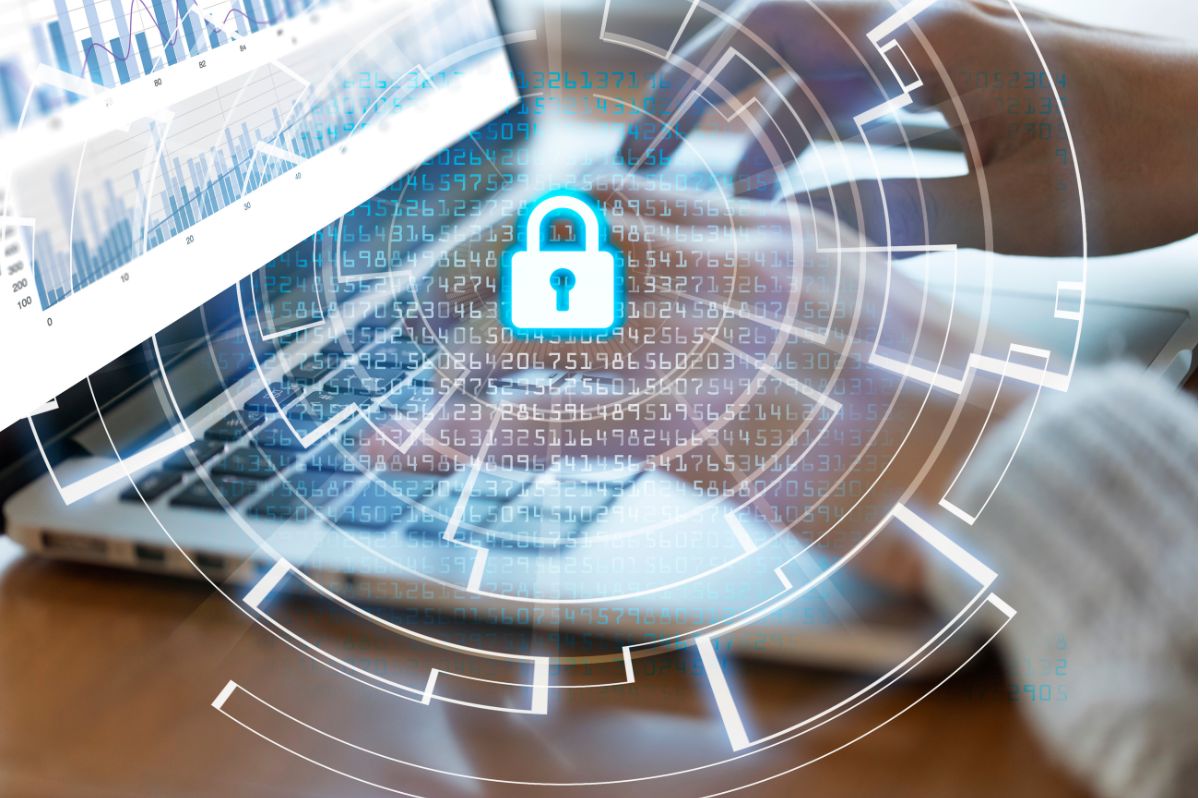Traditional security methods focus on perimeter defense, but this approach assumes all users and resources within the perimeter are trustworthy. Unfortunately, they’re not. In other words, traditional security is ill-suited for a world with remote working and hybrid resources spread across diverse devices, services, and applications. This is where zero trust comes in.
But what exactly is zero trust? What does zero trust mean for companies going after SOC 2 certification? And how does continuous authentication fit into all of this? Let’s get into it.
What Is Zero Trust?
Zero trust is a cybersecurity approach that assumes no user or device should be automatically trusted, no matter where they are in the network. The guiding principle of Zero trust is “never trust, always verify.”
Zero trust is important because traditional security models rely heavily on perimeter defenses that assume everything inside the network can be trusted. However, the traditional network perimeter has become obsolete with the rise of remote work and cloud computing. At the same time, cyber threats have become increasingly sophisticated and frequent.
This has made it easier for attackers to access sensitive data by using stolen credentials or exploiting network vulnerabilities.
And crucially, perimeter-based security does little to protect against insider threats, which can incur high costs and reputational damage. Worryingly, a 2020 study found that insider threats are the cause of 60% of data breaches.
Zero trust addresses these challenges by assuming that no user or device should be trusted by default, regardless of their location in the network. This approach requires users to undergo a rigorous verification and authorization process before being granted access to resources or data, significantly reducing the risk of unauthorized access and data breaches.
Organizations adopting a zero trust model can better protect their critical assets, reduce their attack surface, and improve their overall security posture.
What Is Continuous Authentication, & How Does It Relate to Zero Trust?
Because the zero trust model assumes that an attack could come from anywhere, authentication plays a considerable role in zero trust solutions and architecture. For example, The National Cyber Security Center of Excellence outlines four primary features of a Zero trust architecture:
- Identify: Create an inventory of software, systems, and other network resources and classify them to establish a baseline for detecting anomalies.
- Protect: Authentication and authorization. This includes policy-based resource authentication and configuration and integrity checks for software, firmware, and hardware.
- Detect: Continuously monitor network activity to proactively identify anomalies and suspicious events that could indicate a breach.
- Respond: If the zero trust solution detects a threat, it will contain and mitigate it.
As you can see, authentication is a critical element of zero trust; without it, the whole thing falls apart. So, what are some of the best practices for authentication within zero trust frameworks?
As you may expect, experts recommend multi-factor authentication (MFA) because passwords are one of the most common ways hackers gain entry into systems. But critically, researchers are now recommending moving away from traditional MFA.
In January 2022, the US government released a memo outlining phishing-resistant MFA, with recommendations like passwordless authentication, biometrics, and cryptographic keys. This is mostly a response to cyberattacks where bad actors intercept one-time passwords and push notifications.
Continuous authentication is another key element of zero trust. Essentially, continuous authentication does away with authenticating a user only once for that session (at login) – this is called static authentication. Instead, it assesses user behavior patterns on an ongoing basis. It considers evolving risk factors like behavioral data, location, and device posture (giving the device a trust score based on things like antivirus status and OS).
Behavioral biometrics play a much bigger role in continuous authentication today, especially for companies with highly sensitive data. These include things like keystroke dynamics (typing rhythm, duration of keystrokes), mouse dynamics (how the person moved their mouse or trackpad, including speed and direction), touchscreen interaction (swiping patterns and pressure), and voice recognition.
How Does Zero Trust Relate to SOC 2 Compliance?
While it isn’t required by law, many people now expect SOC 2 compliance from their service providers. To be SOC 2 compliant, organizations must develop and adhere to rigorous information security policies and procedures covering customer data security, availability, processing, integrity, and confidentiality. But what are the benefits of gaining SOC 2 certification?
Organizations may choose to become SOC 2 compliant for various reasons:
- Clients or partners may require it as a prerequisite for doing business.
- SOC 2 compliance can give organizations a competitive advantage by demonstrating a higher level of security and reliability.
- SOC 2 compliance helps organizations establish and follow rigorous internal controls, which can mitigate risks and improve overall security posture.
- SOC 2 compliance can help organizations meet the requirements of various industry regulations.
- SOC 2 compliance can increase customer trust by showing that the organization has implemented strong information security measures and is committed to protecting sensitive data.
But how does zero trust fit into this? Here’s the bottom line. Zero trust implementation can simplify the SOC 2 compliance process and make it easier to achieve. For example, SOC 2 compliance requires organizations to have strict access controls in place to protect customer data. And zero trust provides a framework for implementing strong access controls based on user identity and context, such as the user’s role, location, and device posture.
Moreover, SOC 2 compliance requires organizations to continuously monitor their systems and data for unauthorized access or activity. Zero trust provides a framework for continuous monitoring and threat detection, including user behavior analytics and machine learning.
Final Thoughts
Robust authentication is vital in today’s increasingly severe threat landscape, and it’s also an essential component of SOC 2 compliance. Organizations can achieve SOC 2 compliance more easily by opting for zero trust solutions because these solutions prioritize robust, continuous authentication. These efforts enhance security and demonstrate a company’s commitment to data privacy.
Try Portnox Cloud for Free Today
Gain access to all of Portnox's powerful zero trust access control free capabilities for 30 days!




